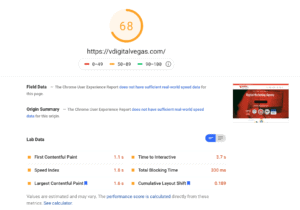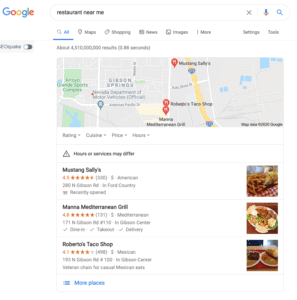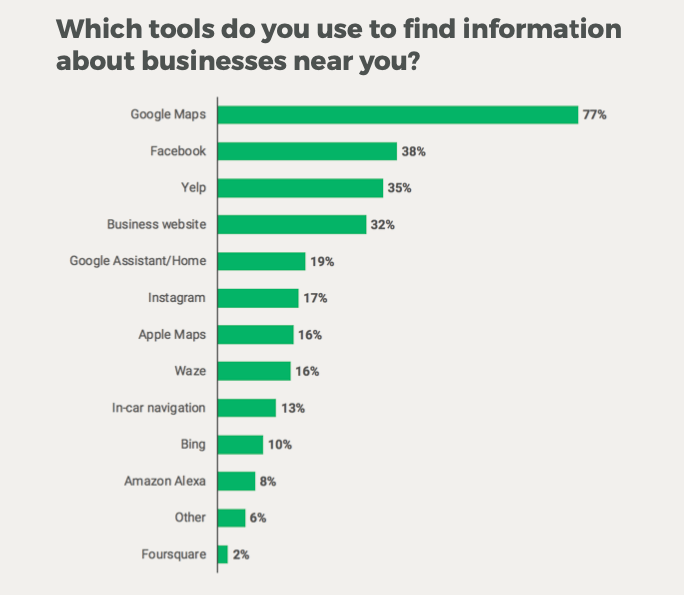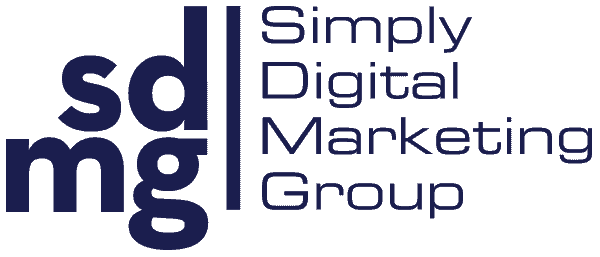by Jared | Sep 3, 2021 | Uncategorized
A notice sent by the Federal Bureau of Investigation (FBI) warns companies in the food and agriculture sector to be aware of potential ransomware attacks intent on disrupting supply chains. These ransomware groups aim to “disrupt operations, cause financial loss, and negatively impact the food supply chain.”, targeting everything from small farms to large producers, manufacturers, markets, and restaurants.
This warning was published Wednesday following trends that signified another slew of attacks incoming this Labor Day Weekend. Since most staff, IT specialists specifically, will be out for vacation this leaves companies much more vulnerable to an attack over the long weekend. The majority of attacks in 2021 alone have taken place on a holiday weekend.The deputy national security adviser of the White House, Anne Neuberger, spoke to the press on Thursday warning companies to actively investigate for signs of a breach before the weekend and develop a preemptive strategy to protect themselves.
Measures that can be taken include:
- having backups
- network segmentation
- multi factor authentication
- proactive monitoring of remote access/RDP logs.
Ransomware groups continue to target critical sectors, of which the food and agriculture sector is a huge security concern due to the lack of a governing body over the sector’s cybersecurity. Currently the gap in cybersecurity measures for the sector haunts food and agricultural businesses. A large number of agricultural businesses still rely on outdated systems or are far too relaxed in their security measures making them more susceptible to an attack. Businesses should heed the warning or face being the next victim of these ransomware groups.
Source: ZDNet
by Sasha | May 21, 2021 | Uncategorized

optimizationsGoogle updated his smart bidding AI to make it more intuitive to serve better marketers’ needs.
Top signals changes. SEM meets SEO! Advertisers can use top signals for search campaigns using Target ROAS and Maximize conversion value. “Currently, you can only view top signals for campaigns that use Target CPA and Maximize conversions” but that’s expanded now, explains Neera Thavornvanit, Product Manager, Google Ads.
Seasonality adjustments can be made at the manager account level. Smart Bidding used to take seasonality into account, but there could be events where advertisers expect big changes in conversion rates, such as big sales or product launches. “To make these adjustments even easier to use, you can now set them at the manager account level instead of creating them for each individual account,” said Thavornvanit.
Max conversions optimizations. Google Ads is introducing new opportunities on the Recommendations page. “These recommendations will show for eligible Search campaigns and can help you get more conversion value within your budget,” according to the announcement.
Target Impression Share simulators now available. Smart Bidding simulators were created to help you estimate campaign performance. “This tool was previously available for conversion and click-based bid strategies, and we are now expanding support to Search campaigns using Target Impression Share,” announced Thavornvanit. You can now use the simulator tool to get an idea of how changes in target impression share could affect cost, impression share, and clicks.
Source: Search Engine Land
by Sasha | Nov 18, 2020 | Uncategorized
Like for Covid-19, many of us think that cyber-threats are just a hoax and nothing can happen to them. A recent article from ZD Net shows us how important it is to make sure your passwords are up to date and hard to hack. A recent study ran in 2020 demonstrates that the passwords used this year are not good at all thus showing that few people are taking cyber-criminality seriously. You can find the article here
by Sasha | Nov 17, 2020 | Uncategorized
An hijacked Google My Business listings (GMB) is when someone other than the business gains control of the local profile. This phenomena appears to be growing. SterlingSky’s Joy Hawkins has reported on the trend and some of the methods used by spammers and scammers.
This new trend comes from unethical local marketers, who are effectively phishing, using the “claim this business” link in the local Knowledge Panel/Profile. That generates an email request for control over the listing, which is sent to the registered owner of the profile.
The frequency of this tactic appears to be increasing.
It seems clear from looking at GMB forum that business owners haven’t been sufficiently educated about the risks of hijacking and that Google needs to implement more SMB safeguards — and perhaps better training for its support people.
by Sasha | Jul 28, 2020 | Uncategorized
This is a very important question to answer as Speed has been identified by Google as one of the key factors that either increase or decrease conversions.
Google tells us that you loose 20% conversions for each additional second of loading time above 3 seconds.
So you got it right: the answer is: you site must load in less than 3 seconds.
It’s even more important because:
- Consumers are more and more impatient: According to studies, you have an average of 8 seconds, yes, 8 seconds(sic!) to grab their attention. So your site must be fast.
- Google revealed “core web vitals” as ranking factors, and speed is at the heart of this announcement.
How to evaluate your page speed?
We are using a Google tool you can find on that Google Page. It is a free tool, just enter your URL and Google will give you the results for Mobile and desktop

PageSpeed gives you the loading speed of your site
According to this Backlinko study, the average website takes 87% longer to load on mobile vs. desktop because mobile devices have slower processors as well as device-specific CSS rules. In other words, your web developer needs to optimize each version of your site independently. Remember: more than 60% of your traffic comes from mobile devices…
Your developer should also optimize your pictures size and formats in order for them to load faster. Your hosting, redirects and content need to be considered as well.
For more information, please call: 702 960-3490 or email: sacha@simplydmg.com
by Sasha | Jul 23, 2020 | Strategy
 The 3-Pack on Google Search
The 3-Pack on Google Search
You own a restaurant and struggle? You advertise on Yelp, on Facebook, paying Valpack campaigns and postcards and still, you complain? Covid-19 regulations are killing you?
Look no further: you are using the wrong assets. Why? Look at the data below:

Source: Search Engine Journal
Looking at this graph, do you think you will get more clients by spending your money on Social Media and Yelp or on Google? The answer is of course that you should ONLY consider Google because this is where your audience TRULY is.
We are helping tens of restaurants with tremendous results after the first month. Contact us today for a personal offer for your restaurant!



 The 3-Pack on Google Search
The 3-Pack on Google Search